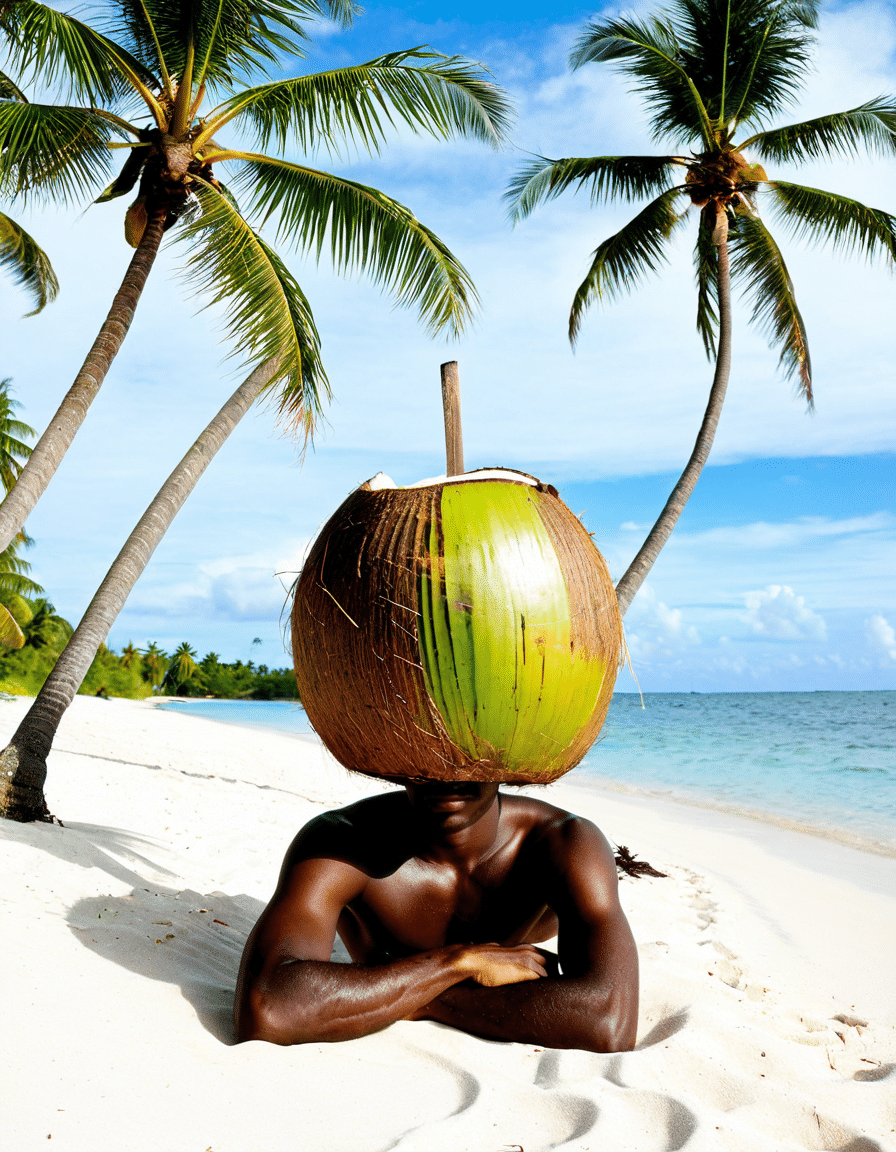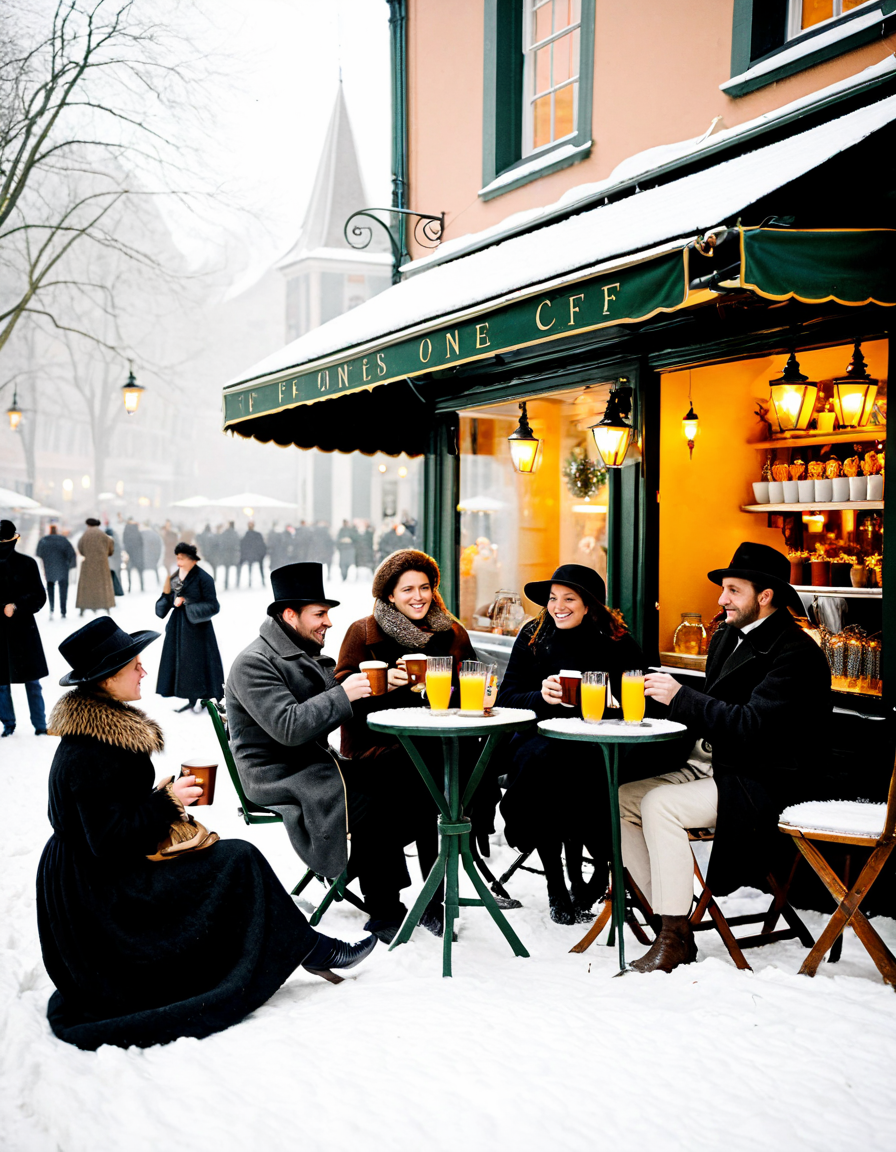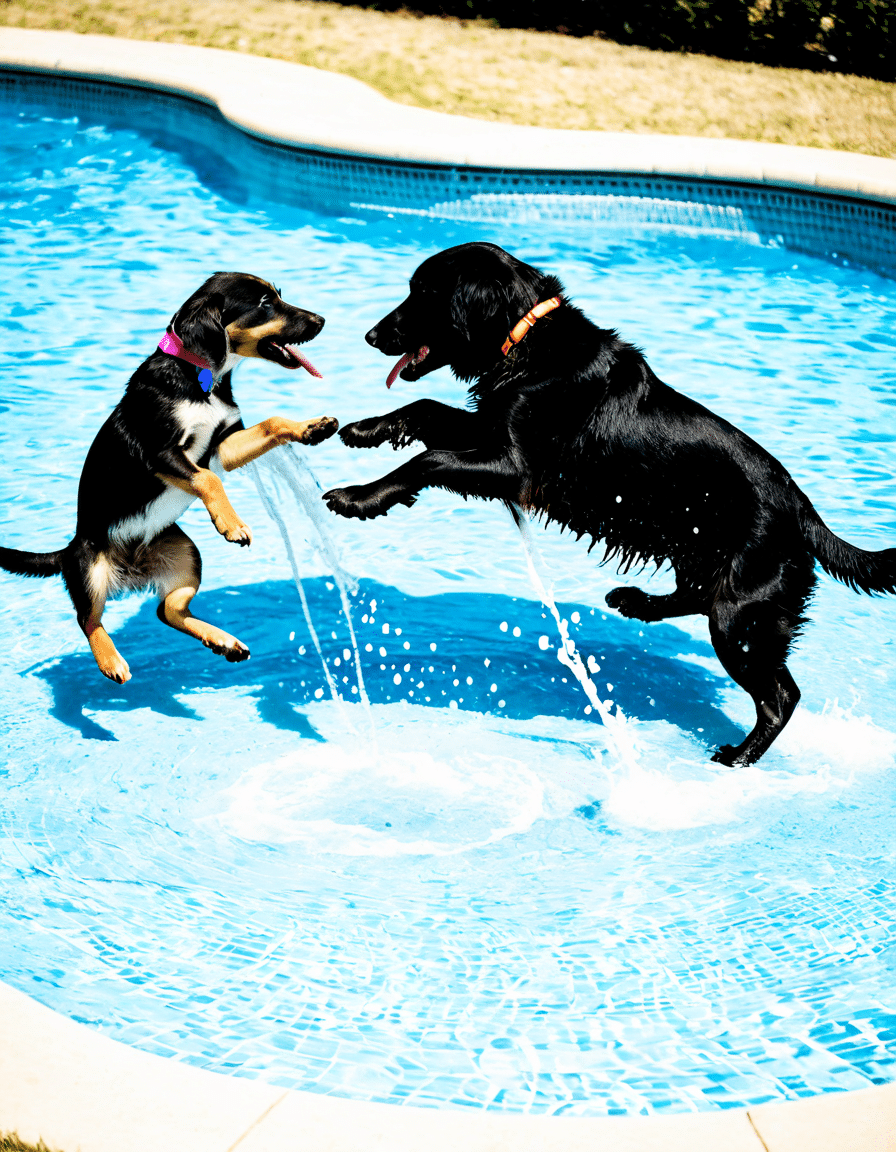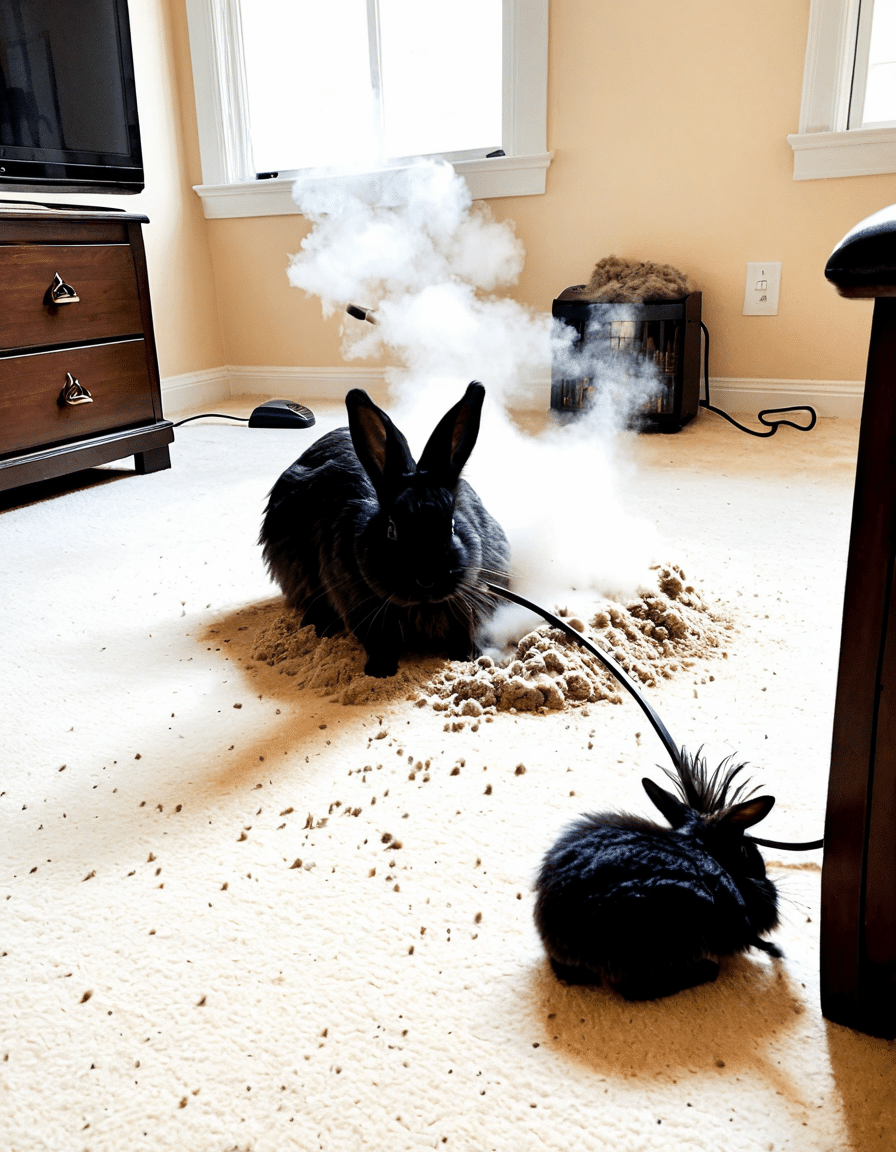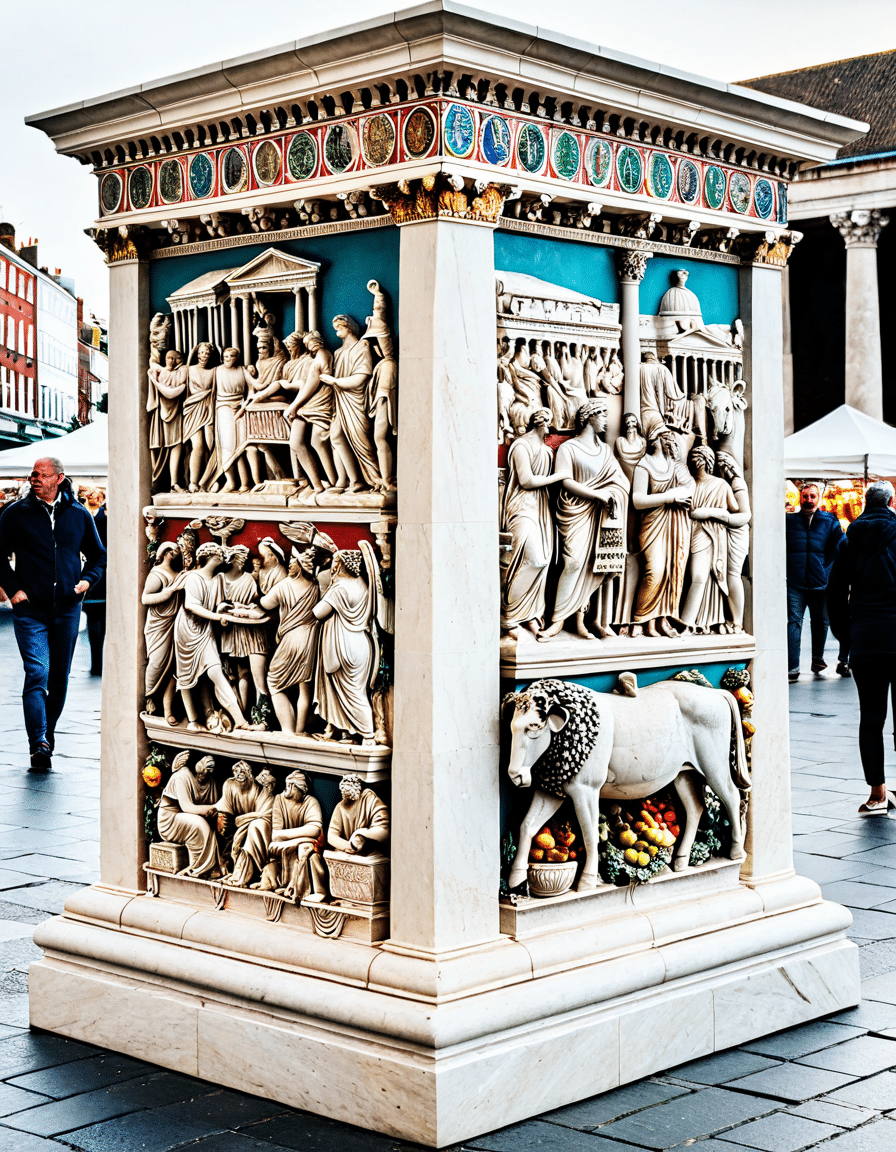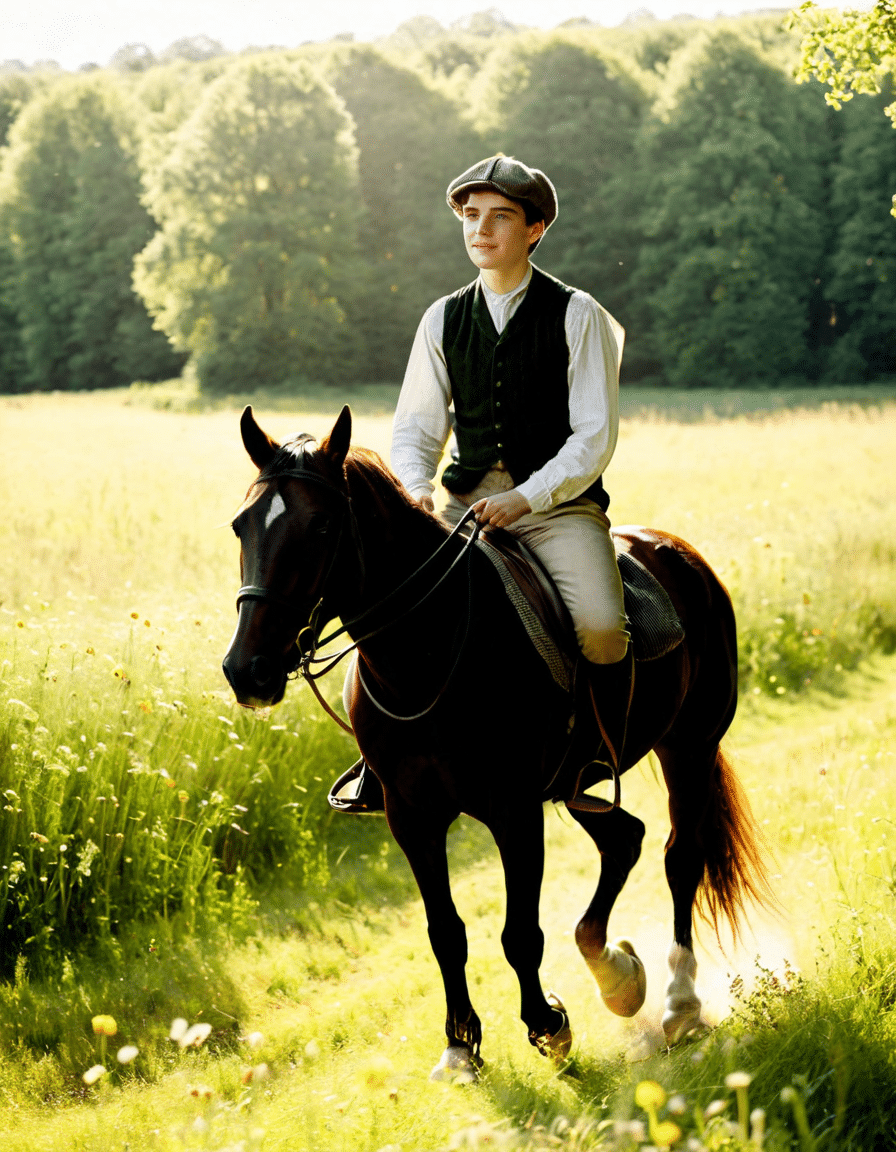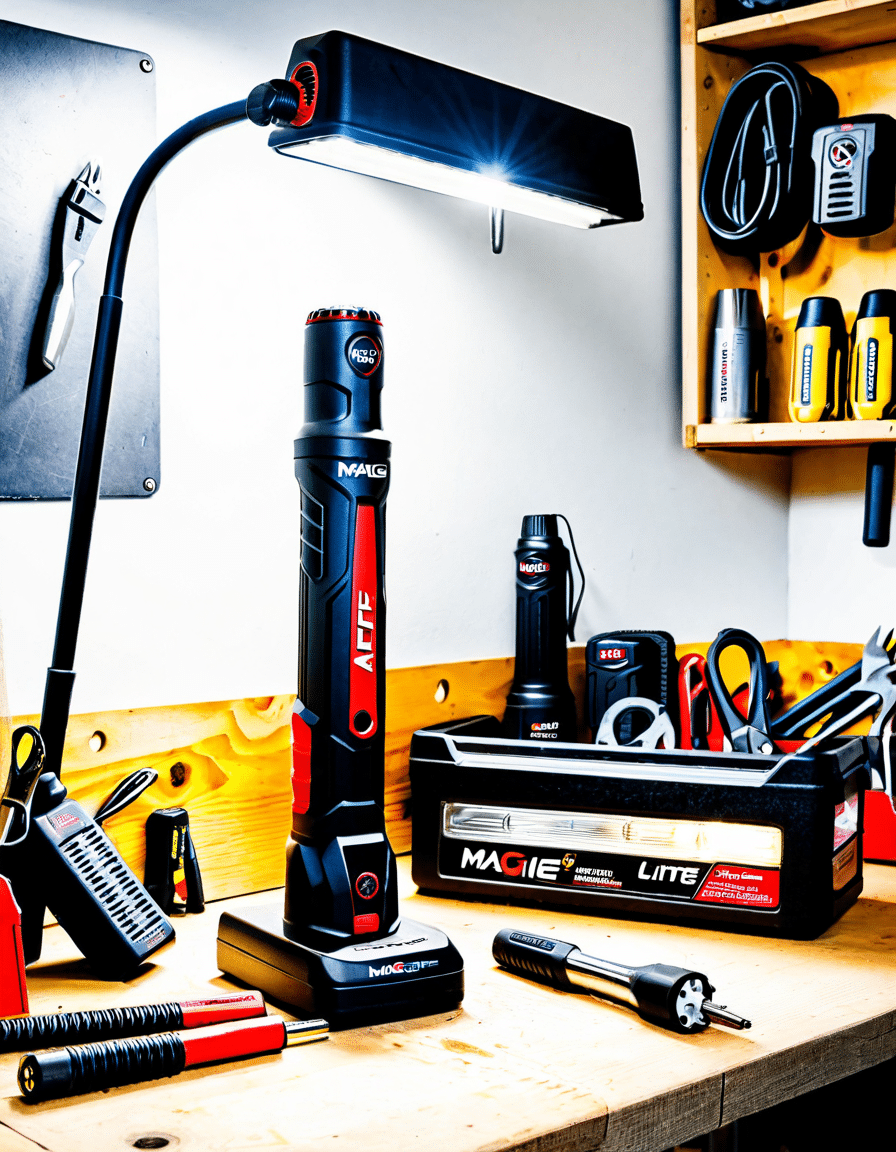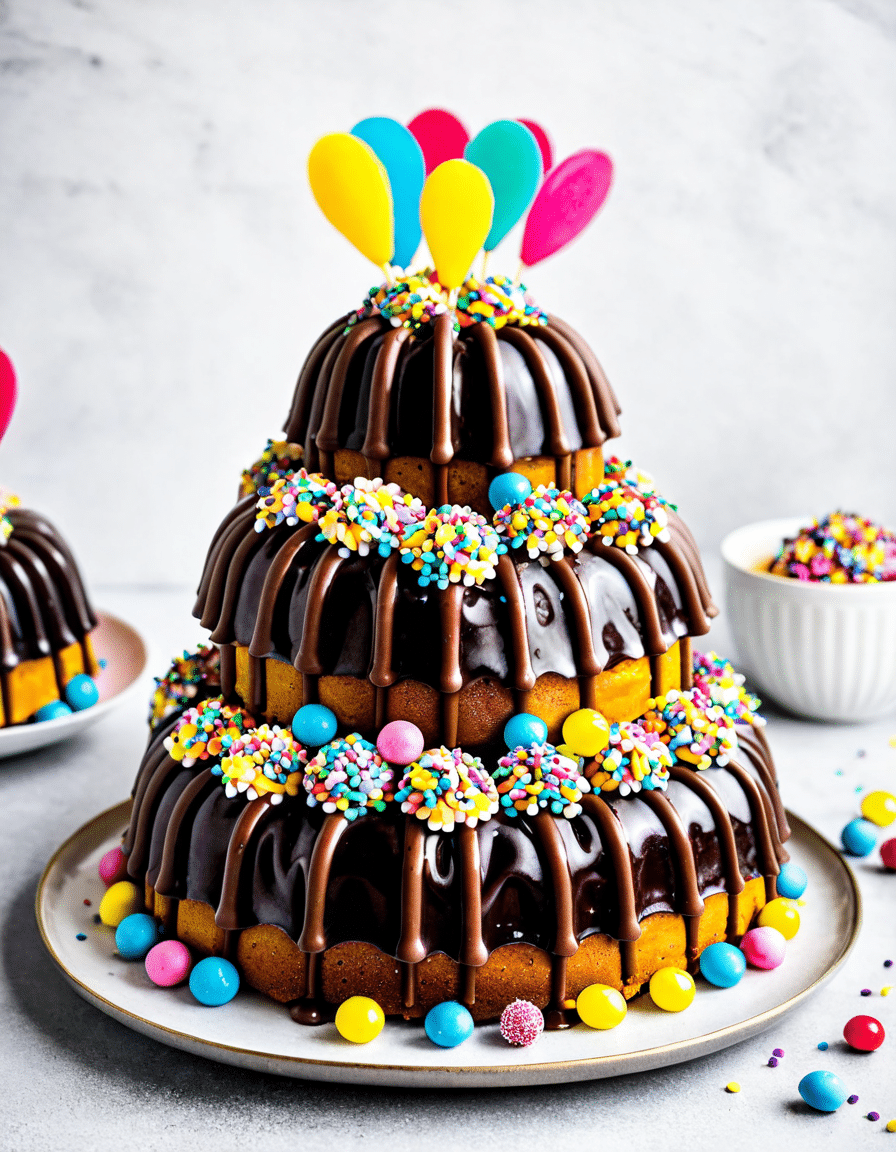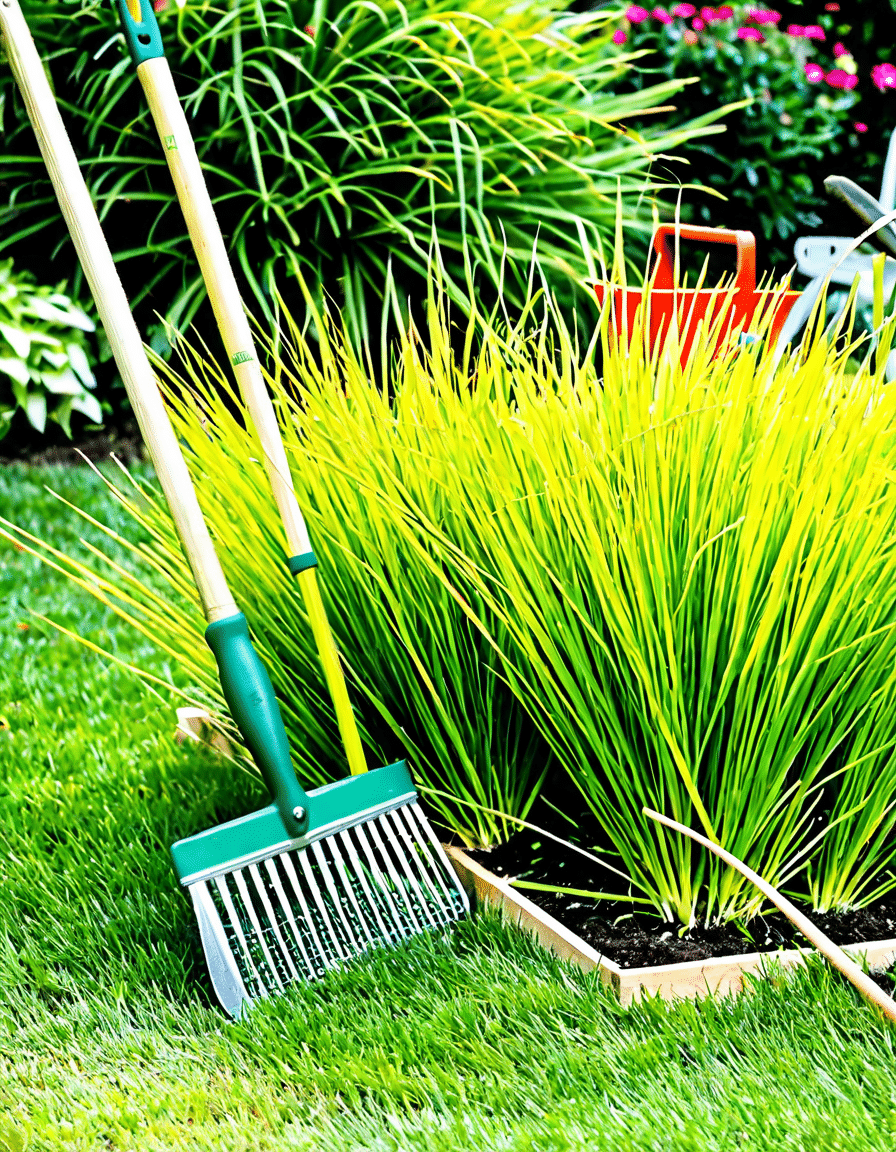Choosing the Right Dog Bowl: A Key to Your Pet’s Health
Picking the right dog bowl isn’t just about matching your decor. It directly affects your furry friend’s health, comfort, and their entire dining experience. Think of it this way: a good dog bowl is like a well-tuned bike bell—it’s crucial for smooth sailing. Standard materials commonly seen in dog bowls include stainless steel, ceramic, and plastic, each bringing its pros and cons to the table.
Stainless Steel: Renowned as the top dog in the bowl game, stainless steel boasts durability and easy cleaning. Brands like PetFusion and Manna Pro are stellar examples, offering options with non-slip bases to keep the mess at bay during mealtimes. Stainless steel doesn’t scratch easily either, which means fewer chances for bacteria to hide out.
Ceramic Bowls: Sure, ceramic bowls look stunning and come in a variety of designs. However, they can chip easily, and without proper maintenance, they might become germ-spawning grounds. Brands like TOSS & FETCH offer vibrant, lead-free ceramic options—but beware, cleanliness comes at a price!
Plastic: Lightweight and budget-friendly, plastic bowls seem appealing. Yet, they’ve got one Achilles heel: they scratch over time, making them a hotspot for bacteria. While AmazonBasics has a range of economical plastic bowls, investing in something sturdier may save you hassle down the road.
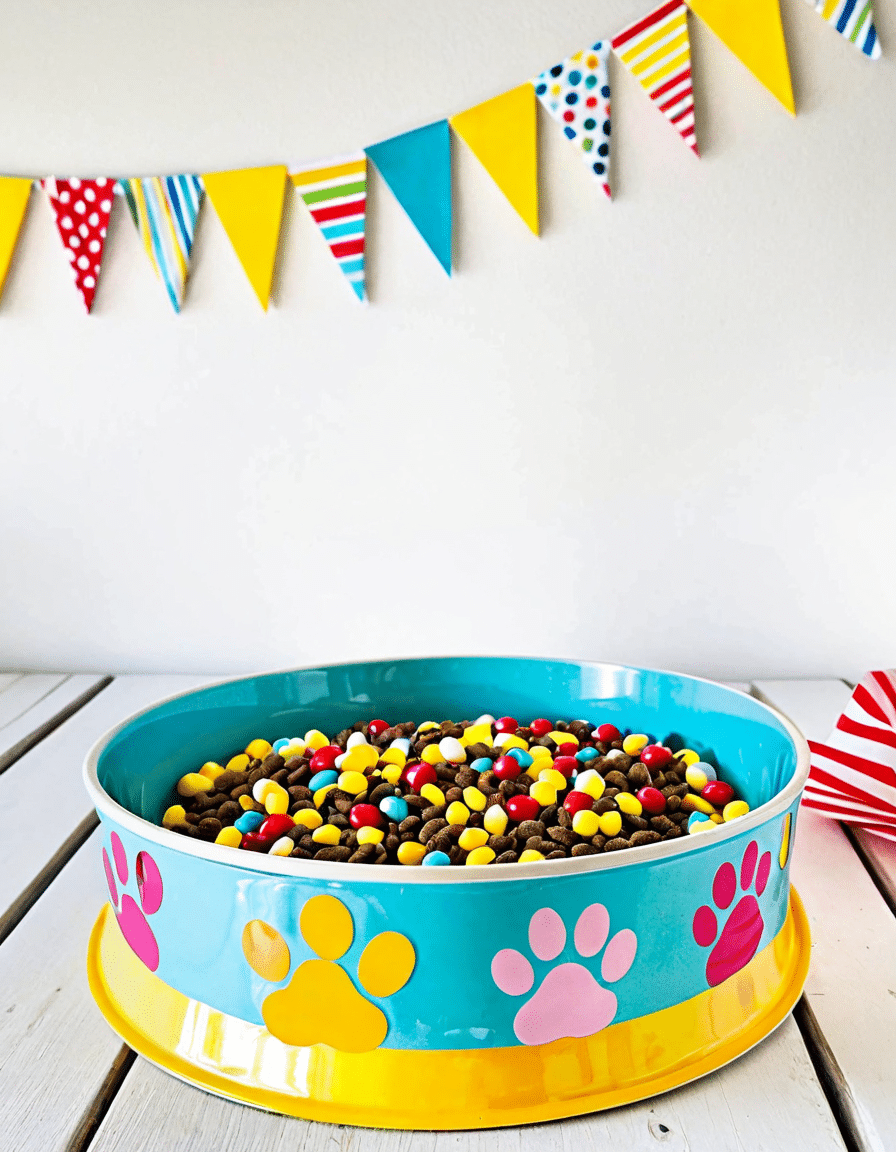
Top 7 Dog Bowl Accessories You Didn’t Know You Needed
When it comes to dog dining, there’s more to it than just the bowl. Here are seven essential accessories that’ll elevate your dog’s meal vibe, ensuring they chow down in style and comfort.
Keeping your furry buddy at a proper height is crucial, especially for our senior pooches! An adjustable stand helps prevent strain on their necks and backs. The Neater Feeder allows for height adjustments and even catches spills—talk about a win-win!
If your dog tends to launch their bowl like a bear trap, a non-slip mat is a lifesaver. The PetFusion Pet Bowl Mat combines good looks with smart design, securing bowls and managing spills like a pro.
Keeping dishes fresh isn’t just smart—it’s essential! The ZOKO Bowl Cleaner makes it a breeze to scrub those intricate designs or tight spots in ceramic dishes. It’s a small investment for a major payoff in health.
If your pup’s a guzzler, a slow feeder bowl could save the day. The Outward Hound Fun Feeder presents a challenge that cleverly makes mealtime fun while aiding digestion.
Take your furry friend on adventures? Don’t leave home without a collapsible travel bowl like the PetSafe Travel Bowl! It’s a compact lifesaver for keeping your dog hydrated during outdoor escapades.
The Petmate Replendish features an elevated design and a reservoir for continuous hydration—perfect for larger breeds. That’s right, no more bending down and backache!
To keep that kibble fresh, you need a solid food storage solution. The IRIS airtight storage container not only stores food but includes a handy measuring scoop—no more messy pours!
Dog Bowl Etiquette: Teaching Manners
Teaching your dog to respect their feeding area is just as crucial as the bowl itself. Implementing commands like “wait” before servings can instill a sense of patience. This practice not only reinforces good behavior but also ensures your pup won’t dive headfirst into the bowl like a hungry barred rock chicken.
Visual cues can amp up the training. A colored non-slip mat can signal mealtime, just like how Bear Bricks might entice a kid’s attention with their bright colors. Establishing a structured routine in this way can lead to better overall eating habits.
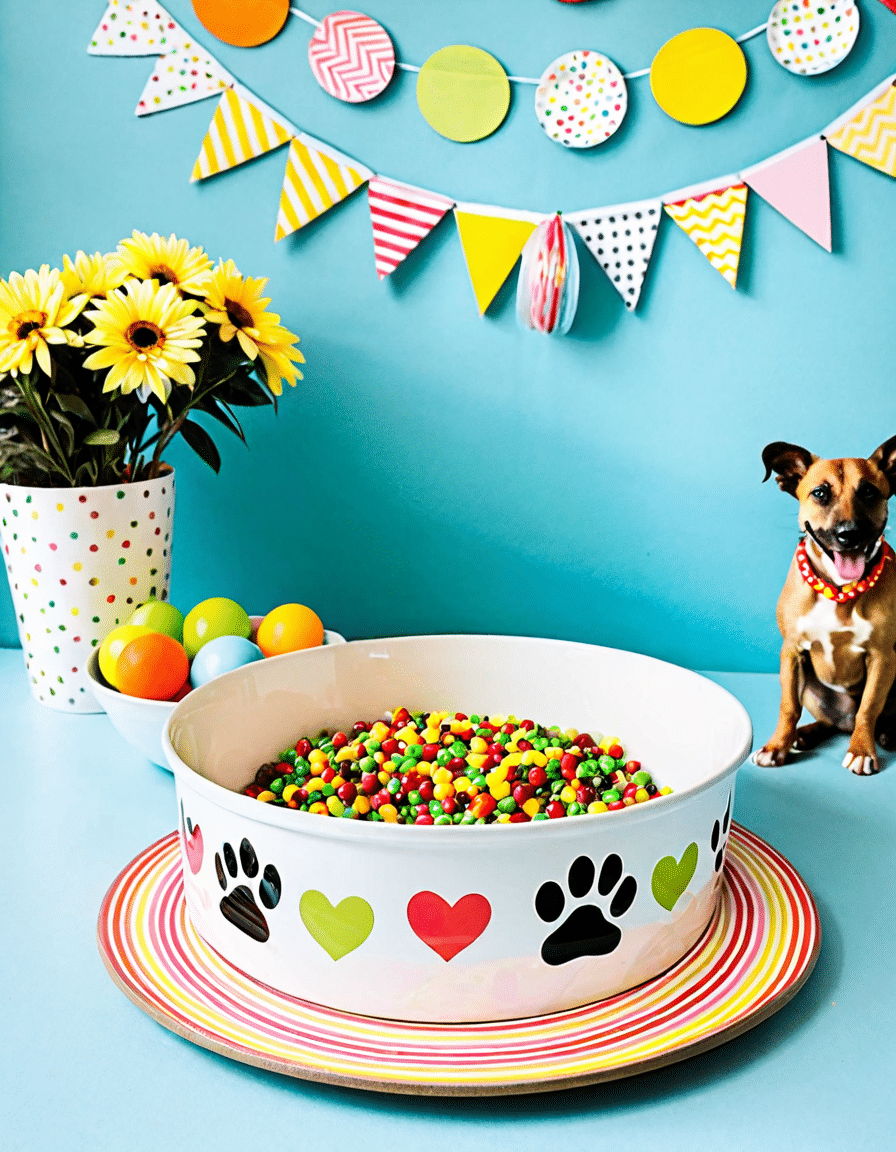
Understanding Pet Preferences: Why Size and Shape Matter
Like how different breeds of chickens have distinct needs, dogs come with their own set of preferences when it comes to bowl size and shape. Larger dogs may find wide, shallow bowls more comfortable, while smaller breeds typically prefer deeper designs that accommodate their little snouts.
For instance, a trigger fish may have unique feeding habits that differ vastly from your Golden Retriever. Trust us, vet insights indicate that bowl shape can impact how dogs approach their food. Experimenting with these designs can significantly enhance their dining experience.
Analyzing The Impact of Finicky Eaters on Bowl Choice
Some dogs are tricky diners, picky about their food bowls just like coconut head can be about picking their favorite snack. Observing your dog’s feeding behaviors can offer insights into their preferences, from color to texture, that can alternatively influence their choices.
Subtle shifts, like transitioning from a conventional bowl to something with a linear design or a barrel twist shape, might spark newfound enthusiasm in your pup. Trying different options can lead to surprising results and happier meal times!
The Importance of Bowl Location in Pet Nutrition
It’s not just about the dog bowl itself; where it sits in your home is equally important. Placing the bowl in a quiet, low-traffic area can cut down on distractions and stress.
Imagine positioning your dog’s bowl on a sunlit porch or utilizing features like a bike bell to signal mealtime—both practical and gentle on your pet’s nerves. By creating a serene feeding environment, you’re setting your dog up for a much more enjoyable experience.
Final Thoughts: Elevating Your Dog’s Mealtime Experience
When it comes to your dog, enhancing their dining experience goes beyond just the right bowl. By integrating thoughtful accessories, teaching manners, and understanding preferences, you’re not just feeding your dog—you’re nurturing happy, healthy habits.
Evaluate top-notch materials, explore stylish designs that complement your home’s aesthetic, and focus on ensuring that mealtime is a joyful part of your dog’s day. Together, these essentials contribute profoundly to the overall happiness and health of your furry friend. So in this new year of 2026, let’s rally to set the standard for canine nutrition high—after all, they deserve it!
Dog Bowl Essentials: Fun Trivia and Interesting Facts
What’s in a Dog Bowl?
If you think a dog bowl is just a bowl for food or water, think again! The design and material can impact your furry friend’s dining experience. Did you know that stainless steel bowls are the most recommended by vets? They’re sturdy, easy to clean, and help avoid pesky bacteria that could lead to health issues. On the fun side, some dog bowls come with a quirky twist. For example, the starbucks pornography bowl inspired by quirky trends can turn your pup’s mealtime into an Instagram-worthy moment!
Customization is Key
While traditional bowls do the trick, customization is gaining popularity. Personalized dog bowls not only showcase your pets’ names but can also complement your home décor. Speaking of personalization, remember Jack Donnelly? He once created a viral line of customized pet products, including unique dog bowl designs that reflect your pet’s personality. Their high-quality finish and whimsical designs are sure to brighten your home and your pup’s mealtime.
The Right Size Matters
Finding the perfect fit for your furry friend can be more vital than you might think. Size impacts your dog’s eating habits and overall health. An oversized bowl can lead to sloppiness, while a bowl that’s too small might frustrate your pup. Fun tip: Dogs, like humans, may prefer certain shapes. Some bowls designed by creators like Jack Parsons have specific curves for messy eaters, ensuring less mess for you to clean up! If your dog is a little picky, checking out trends like Bryshere Y Gray’s fashionable dog gear might inspire you to change up their dining setup.
Keep It Fresh
Finally, let’s not overlook hygiene! Keeping your dog bowl clean can significantly affect your pup’s well-being. Over time, bowls harbor bacteria, and frequent washing is essential. Some dog owners opt for automated cleaning systems, making life easier. Speaking of easy entertainment, did you know that you can even have pet-themed movie nights? Imagine curling up with your pup to watch the latest flick, like the Baby Just Say Yes movie, while munching on dog-friendly treats served in a shiny bowl!
In conclusion, your dog’s bowl is more than just a simple dish—it’s a vital part of their daily routine. By keeping these fun facts in mind, you can enhance not only your dog’s dining experience but also the joy your furry friend brings to your home. It’s the little details that count!

What kind of bowl is best for dogs?
For dogs, stainless steel bowls are often the best choice because they’re durable, easy to clean, and less likely to harbor bacteria compared to other materials.
Should dog bowls be elevated?
Elevating dog bowls can help with digestion and comfort, especially for larger breeds, but it’s not a must for every dog. It really comes down to your dog’s size and preference.
What is the best quality dog bowl?
When it comes to quality, stainless steel tops the chart as it’s sturdy and safe, but if you want something a bit fancier, ceramic can also be great as long as it’s lead-free.
Is ceramic or stainless better for dogs?
Sterling stainless steel stands out as the better choice since it’s non-porous, meaning it won’t absorb bacteria or odors like some ceramics can.
What is the most hygienic dog bowl?
The most hygienic dog bowl is stainless steel because it’s easy to clean and doesn’t hold onto germs like plastic or ceramic may.
Do vets recommend slow feeder bowls?
Many vets do recommend slow feeder bowls as they can help prevent bloating and overeating, making mealtime healthier for your furry friend.
What do vets say about elevated dog bowls?
Vets have mixed views on elevated bowls; some say they can help larger dogs, while others think it might not be safe for small breeds. It’s best to follow your vet’s advice based on your dog’s individual needs.
What is the safest material for a dog bowl?
The safest material for a dog bowl is generally stainless steel or ceramic since they’re durable and don’t release harmful chemicals like some plastics may.
What color do dogs see best?
Dogs see best in shades of blue and yellow, so bowls in those colors can be more appealing to them.
Is plastic or silicone dog bowls better?
Silicone bowls are flexible and easy to transport but can stain and hold odors, while plastic ones might scratch and harbor bacteria over time, making stainless steel a better bet overall.
How to pick a dog bowl?
When picking a dog bowl, consider the dog’s size, feeding habits, and any specific health needs. The right bowl should be comfortable for them to eat from.
Are Yeti dog bowls worth it?
Yeti dog bowls can be worth it if you’re looking for something rugged and stylish, but whether they’re necessary depends on your dog’s needs and your budget.
Why do dogs not like stainless steel bowls?
Some dogs might shy away from stainless steel bowls because they can be noisy or cold, so it’s good to observe your dog’s behavior and try different materials.
What kind of bowl should I use for my dog?
Using a wider, lower bowl often works best for most dogs, but taller dogs might need bowls that are raised to keep their necks comfortable during mealtime.
How tall should a dog bowl be?
Dog bowls should ideally be made of materials that are safe, non-toxic, and easy to clean, like stainless steel or lead-free ceramic.
What should a dog bowl be made of?
Dogs typically prefer the feel of metal bowls as they can be more stable and don’t slide around easily, but it ultimately varies by dog.
Do dogs like metal bowls better?
Glass water bowls can be a great choice as they’re easy to clean and don’t hold onto bacteria, just be careful with breakage if your dog is playful.
Are glass water bowls better for dogs?
Ceramic dog bowls can hold bacteria if they’re not cleaned properly, especially if they have cracks or chips, so keeping them squeaky clean is key.
